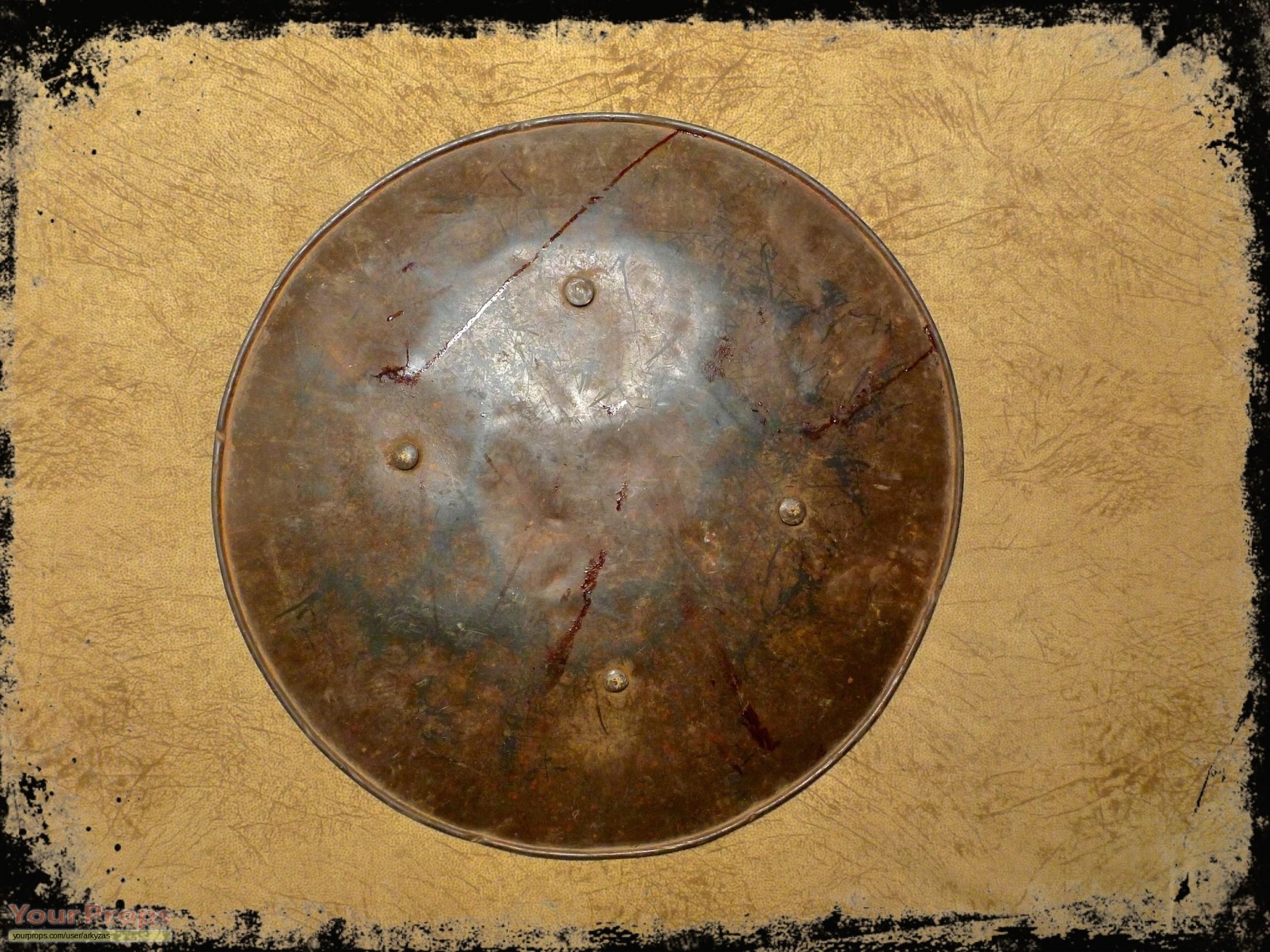NEW INFO | Discussing the latest information from various media and various fields
The Epic Saga Of Gladiators: Blood, Sand, And Triumph
Dive into the brutal world of ancient Rome with "The Epic Saga of Gladiators: Blood, Sand, and Triumph"! This captivating historical account delves into the lives of the gladiators, the iconic warriors who fought for survival and glory in the unforgiving arena.
Through extensive research and analysis, "The Epic Saga of Gladiators: Blood, Sand, and Triumph" unravels the origins, training, and battles of these legendary warriors. It explores the political and social forces that shaped their lives, the brutal realities of their existence, and the enduring legacy they left behind.
Key Differences:
Transition to main article topics:
FAQ on "The Epic Saga Of Gladiators: Blood, Sand, And Triumph"
This comprehensive FAQ section addresses frequently asked questions and misconceptions surrounding "The Epic Saga Of Gladiators: Blood, Sand, And Triumph." Explore thorough answers and gain deeper insights into the historical context, cinematic portrayal, and legacy of gladiators.

Spartacus: Blood and Sand Gladiators and Rebels used Shield original TV - Source www.yourprops.com
Question 1: What were the origins of gladiatorial contests?
Gladiatorial contests originated in ancient Etruria, a region in central Italy, during the 3rd century BC. They were initially held as part of funeral rituals, with armed men fighting to honor the deceased. Over time, these contests evolved into public spectacles, becoming a popular form of entertainment throughout the Roman Empire.
Question 2: Who were the gladiators?
Gladiators were individuals who fought in these contests. They came from various backgrounds, including captured prisoners of war, criminals, and even volunteers drawn from lower social classes. Gladiators underwent rigorous training and were often classified into different types based on their fighting styles and weaponry.
Question 3: Were gladiators always slaves?
While many gladiators were indeed slaves, not all of them were. Some were free men who chose to fight as gladiators for financial gain or social status. However, the majority of gladiators were slaves, often condemned to this fate as punishment for crimes or as prisoners of war.
Question 4: What were the different types of gladiatorial contests?
Gladiatorial contests varied widely in format. Some were single duels between two combatants, while others involved multiple gladiators fighting in teams or against animals. Some contests were staged as reenactments of famous battles, while others were designed to showcase the skill and bravery of the gladiators.
Question 5: How were gladiators trained?
Gladiators underwent specialized training in schools known as ludi. These schools were overseen by professional trainers called lanistae, who taught the gladiators various fighting techniques, weapons handling, and physical conditioning. The training was often harsh and rigorous, yet it was necessary to prepare the gladiators for the brutal contests they faced.
Question 6: What was the significance of gladiators in ancient Roman society?
Gladiatorial contests served several purposes in Roman society. They provided entertainment and spectacle for the masses, while also glorifying military virtues and reinforcing the Roman concept of honor. Gladiators became symbols of strength, courage, and the harsh realities of Roman life.
This FAQ section offers a comprehensive overview of the origins, nature, and significance of gladiators in ancient Rome. "The Epic Saga Of Gladiators: Blood, Sand, And Triumph" delves further into the fascinating world of these legendary warriors and the brutal contests that shaped their lives.
Proceed to the next section to explore the cinematic portrayal and legacy of gladiators.
Tips
For those seeking an in-depth exploration of the captivating world of gladiators, The Epic Saga Of Gladiators: Blood, Sand, And Triumph offers a wealth of insights and tips to enhance your understanding.
Tip 1: Study the Ancient Sources
Referencing primary texts such as inscriptions, papyri, and historical accounts provides invaluable insights into the lives and experiences of gladiators. Notable works include "The Annals" by Tacitus, "The Histories" by Cassius Dio, and "Ad Ephesios" by Ignatius of Antioch.
Tip 2: Visit Archaeological Sites
Exploring the ruins of ancient amphitheaters, where gladiatorial contests took place, offers a tangible connection to the past. The Colosseum in Rome, the Pompeii Amphitheater, and the Nîmes Arena are some of the most renowned sites to consider.
Tip 3: Attend Historical Reenactments
Participating in or observing historical reenactments provides a captivating glimpse into the combat techniques, weaponry, and lifestyle of gladiators. Reputable organizations such as the Gladiators Association and the Roman Army Reenactors present authentic experiences.
Tip 4: Consult Scientific Research
Modern scientific studies have shed light on the physicality, diet, and health conditions of gladiators. Archaeological discoveries and forensic analysis have revealed valuable insights into their training methods, wounds, and life expectancies.
Tip 5: Analyze Artistic Depictions
Examining Roman reliefs, mosaics, and paintings featuring gladiators provides visual evidence of their appearance, equipment, and fighting styles. These artistic representations offer a complementary perspective to written accounts.
Conclusion
By following these tips, enthusiasts can immerse themselves in the fascinating world of gladiators and gain a comprehensive understanding of their history, culture, and enduring legacy.
The Epic Saga Of Gladiators: Blood, Sand, And Triumph
In the heart of the Roman Empire, the gladiatorial arena stands as a testament to the brutality and spectacle that defined the ancient world. The epic saga of gladiators, marked by blood, sand, and triumph, encompasses multiple facets, each playing a pivotal role in shaping this extraordinary phenomenon.
- Blood: The lifeblood of gladiatorial combat, spilling onto the arena floor in a macabre dance of violence.
- Sand: The unforgiving surface beneath the gladiators' feet, absorbing their sweat, tears, and blood.
- Triumph: The ultimate goal of every gladiator, achieved through skill, strength, and the favor of the crowd.
- Comradeship: The bond forged between gladiators, who fought alongside each other in the face of death.
- Spectacle: The captivating entertainment that gladiatorial contests provided, drawing vast crowds to the amphitheaters.
- Legacy: The enduring impact of gladiators on popular culture and historical imagination, immortalizing their bravery and brutality.
Together, these key aspects paint a vivid picture of the epic saga of gladiators. From the blood-soaked battles to the triumphant roar of the crowd, gladiators have left an indelible mark on human history, embodying both the brutality and the grandeur of the Roman Empire.

EPIC: The Troy Saga (Original Concept Album) - EP by Jorge Rivera - Source music.apple.com

Spartacus Blood And Sand Wallpapers - Wallpaper Cave - Source wallpapercave.com
The Epic Saga Of Gladiators: Blood, Sand, And Triumph
Within "The Epic Saga of Gladiators: Blood, Sand, and Triumph", the gladiatorial contests held within the arenas of ancient Rome emerge as a prominent component, shaping the narrative and highlighting the brutal realities of this historical spectacle. These contests, often fought to the death, showcased the prowess and resilience of gladiators, who were frequently enslaved individuals or prisoners of war.

Triumph Motorcycles - Marston Deck Jacket - Khaki/Sand - Source www.hepcat.se
The fights not only entertained the bloodthirsty crowds but also served as a means of social control and political propaganda. The gladiators, hailing from diverse backgrounds, represented a microcosm of the Roman Empire, embodying the clash of cultures and the inherent violence prevalent in that era. Their struggles reflected the broader societal tensions and the relentless pursuit of glory amidst adversity.
This exploration sheds light on the complex interplay between entertainment, violence, and the human spirit within the context of ancient Rome. By examining "The Epic Saga of Gladiators: Blood, Sand, and Triumph", we gain insights into the motivations, fears, and aspirations of gladiators, as well as the profound impact of these contests on Roman society and culture.
| Title | The Epic Saga Of Gladiators: Blood, Sand, And Triumph |
|---|---|
| Genre | Historical Fiction |
| Author | Various |
| Setting | Ancient Rome |
| Themes | Violence, Entertainment, Politics, Social Control |
| Impact | Insights into ancient Roman society, culture, and human nature |
Conclusion
"The Epic Saga of Gladiators: Blood, Sand, and Triumph" offers a captivating exploration of the gladiatorial contests of ancient Rome, highlighting the brutal realities, societal implications, and human drama that unfolded within the arenas. Through this lens, we gain a deeper understanding of the complex interplay between entertainment, violence, and the human spirit in one of history's most iconic and enduring spectacles.
The legacy of the gladiators continues to resonate today, reminding us of the indomitable spirit that can emerge even amidst adversity and the enduring fascination with the intersection of violence and entertainment. As we reflect on the lessons learned from this historical saga, we are left with a profound appreciation for the resilience of the human spirit and the complexities of ancient Roman society.